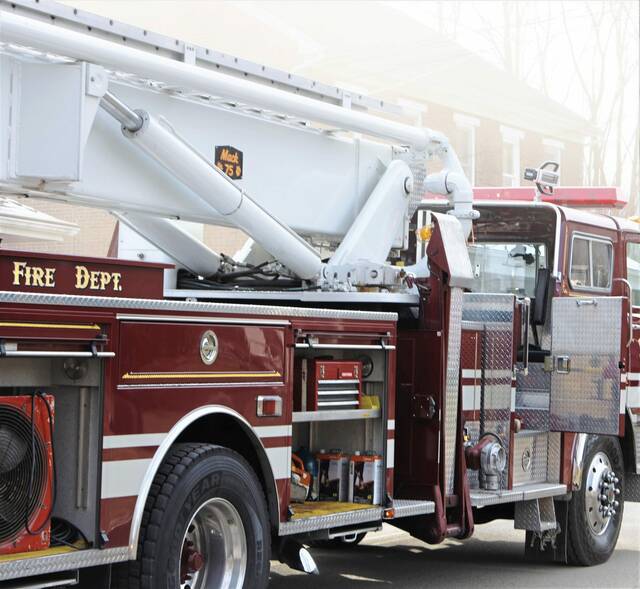NASA is weighing in on the New Year’s Day boom heard across the Pittsburgh region.
Researchers confirmed an exploding meteor was the “likely culprit” and estimated the size of the object at about one-yard wide, with energy the equivalent of 30 tons of TNT, according to the NASA Meteor Watch Facebook page.
The fireball is estimated to have weighed close to half a ton, or 1,000 pounds.
Overcast skies likely kept many from seeing the flash, but they definitely heard it. One woman said it sounded like a house explosion.
Others felt it, saying doors and windows rattled.
It was mid-morning Saturday when social media started to buzz with reports of a loud noise and shaking ground. Mentions came in from across the region, including the South Hills, Stowe, Hampton and Fox Chapel.
Allegheny County confirmed the boom with a statement on Twitter, saying the noise was not related to seismic activity or thunder.
Allegheny County 9-1-1 has received reports of a loud boom, shaking in the South Hills and other reports. We have confirmed that there was no seismic activity and no thunder/lightning. At this point, we have no explanation for the reports, but agencies are continuing to look.
— Allegheny County (@Allegheny_Co) January 1, 2022
National Weather Service meteorologists said it was most likely an exploding meteor.
NASA has since followed up by confirming a bolide — an extremely bright meteor that explodes in the atmosphere — caused the sonic boom.
“We are aware of numerous citizen and media reports of sonic booms heard in Western Pennsylvania a few minutes before 11:30 a.m.,” researchers posted. “The area was cloudy at the time, but the Geostationary Lightning Mapper on the GOES-16 satellite picked up a strong meteor signature around 11:20 a.m.”
People on social media chimed in from Lake Erie, West Virginia and upstate New York, all with similar accounts and asking whether they might have heard the noise from afar.
NASA officials said an infrasound station — which picks up noises with a frequency below human audibility — sits about 20 miles from the registered flash and recorded data as the meteor broke apart while traveling an estimated 45,000 mph.
Without the clouds, the fiery burst would have been visible in the daylight, according to the NASA website, which estimates it was 100 times brighter than a full moon.








